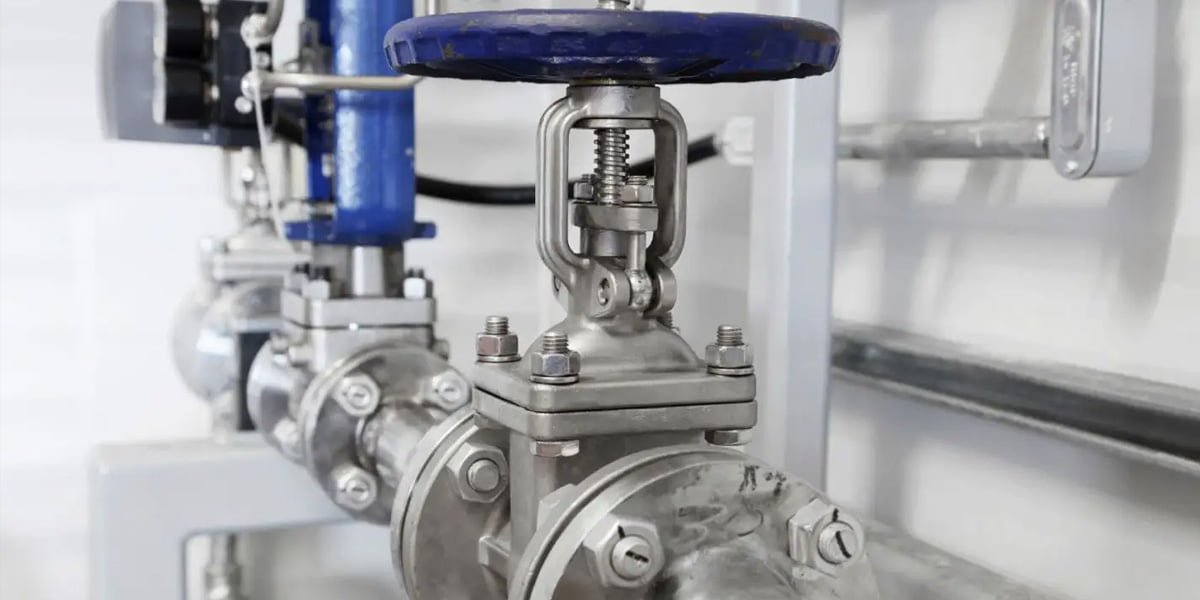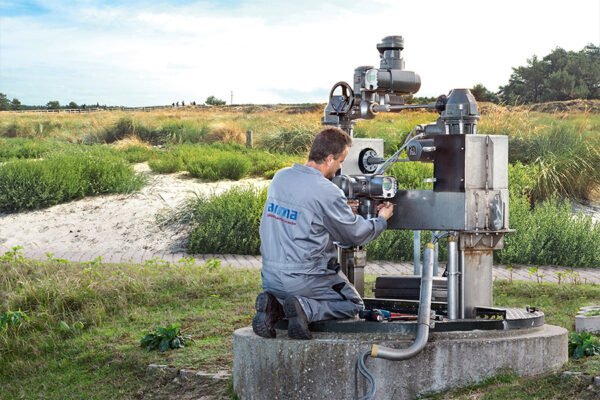8 most commonly used types of ball valves
Globe valves are commonly used in a wide range of industries, including petrochemical, oil and gas, pharmaceutical, and water treatment. They are known for their versatility and reliability, making them an essential component of many industrial processes. This technical post will explore the different types of globe valves and their various applications.
Angle Globe Valves
Angle globe valves are designed with a 90-degree angle between the inlet and outlet ports, allowing for a change in the flow direction. They are commonly used in applications where space is limited and the flow of fluids needs to be redirected. They are often used in applications such as steam systems, which can be installed in tight spaces and help reduce the risk of water hammering.
Straight Globe Valves
Straight globe valves are designed with an inlet and outlet in a straight line, providing a continuous flow path. They are commonly used in applications requiring high flow rates, such as large pipelines. Straight globe valves are also used in applications where the pressure drop needs to be minimized, such as in water treatment systems.
Y-Pattern Globe Valves
Y-pattern globe valves are designed with an angled stem and seating arrangement, creating a Y-shaped flow path. They are commonly used in high-pressure drop applications, such as steam systems. Y-pattern globe valves are also used in applications where the flow of fluids needs to be diverted, such as in cooling water systems.
Bellows-Sealed Globe Valves
Bellows-sealed globe valves are designed with a flexible bellows seal that prevents the leakage of fluids. They are commonly used in applications where the fluid being handled is hazardous or toxic, such as in chemical processing plants. Bellows-sealed globe valves are also used in applications where the fluid’s temperature and pressure are high.
Cryogenic Globe Valves
Cryogenic globe valves are designed to handle fluids at extremely low temperatures, typically below -100°C. They are commonly used in applications such as liquefied natural gas (LNG) production and transportation. Cryogenic globe valves are designed to withstand extreme cold and maintain functionality even at low temperatures.
Control Globe Valves
Control globe valves are designed with a precision seating arrangement, allowing for accurate fluid flow regulation. They are commonly used in applications such as HVAC systems and water treatment plants. Control globe valves are also used in applications where precise control of fluid flow is required, such as in the pharmaceutical industry.
Pressure Seal Globe Valves
Pressure seal globe valves are designed to handle high-pressure applications, typically above 2500 psi. They are commonly used in power generation and oil and gas production applications. Pressure seal globe valves are designed to maintain their functionality even at high pressures, preventing leaks and ensuring reliable operation.
Teflon-Lined Globe Valves
Teflon-lined globe valves are designed with a Teflon lining that prevents the corrosion of the valve body. They are commonly used in applications where the fluid being handled is corrosive, such as in chemical processing plants. Teflon-lined globe valves are designed to maintain their functionality even in highly corrosive environments.
Conclusion
In conclusion, globe valves are essential components in many industrial processes, regulating the flow of fluids and gases through pipelines and machinery. Different types of globe valves are designed to meet specific industrial requirements, ensuring reliable and efficient operation. By selecting the right type of globe valve for each application, industries can ensure that their processes run smoothly and safely, reducing downtime and increasing productivity.



